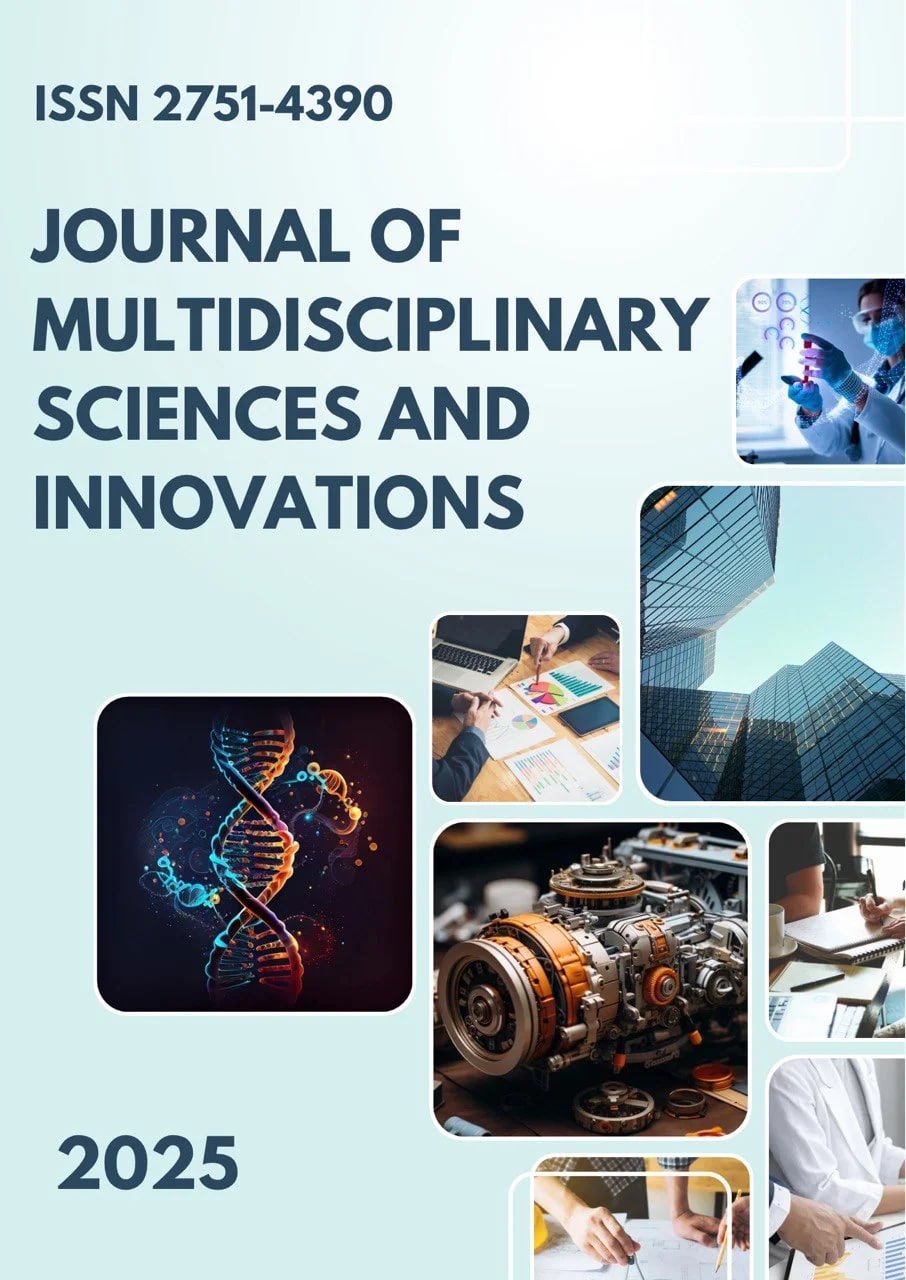PREVENTION OF NEUROCIRCULATORY DYSTONIA IN ADOLESCENTS
Main Article Content
Abstract
Neurocirculatory dystonia (NCD) is a functional disorder of the cardiovascular system characterized by autonomic imbalance, often observed during adolescence due to hormonal changes, psychosocial stress, and increased academic load. This article aims to analyze the risk factors, preventive strategies, and medical-social importance of NCD in adolescents. Emphasis is placed on lifestyle modification, psychosocial support, and early medical intervention as key preventive measures.
Downloads
Article Details
Section

This work is licensed under a Creative Commons Attribution 4.0 International License.
Authors retain the copyright of their manuscripts, and all Open Access articles are disseminated under the terms of the Creative Commons Attribution License 4.0 (CC-BY), which licenses unrestricted use, distribution, and reproduction in any medium, provided that the original work is appropriately cited. The use of general descriptive names, trade names, trademarks, and so forth in this publication, even if not specifically identified, does not imply that these names are not protected by the relevant laws and regulations.
How to Cite
References
1.Ivanov, A., & Petrova, E. (2021). Autonomic dysfunction in adolescents: prevalence and prevention strategies. Journal of Pediatric Cardiology, 38(2), 145–152.
2.Smith, J., & Brown, L. (2019). Lifestyle modification in the prevention of cardiovascular dysfunction among youth. Adolescent Health Review, 14(3), 210–218.
3.Karimov, B. (2020). Neurocirculatory dystonia and adolescence: a psychosocial perspective. Central Asian Medical Journal, 26(4), 77–84.
4.World Health Organization. (2022). Adolescent health and well-being: Global report. Geneva: WHO Press.
5.Lee, M., & Chen, Y. (2023). Exercise and autonomic nervous system regulation in adoles International Journal of Pediatric Medicine, 12(1), 55–63.

